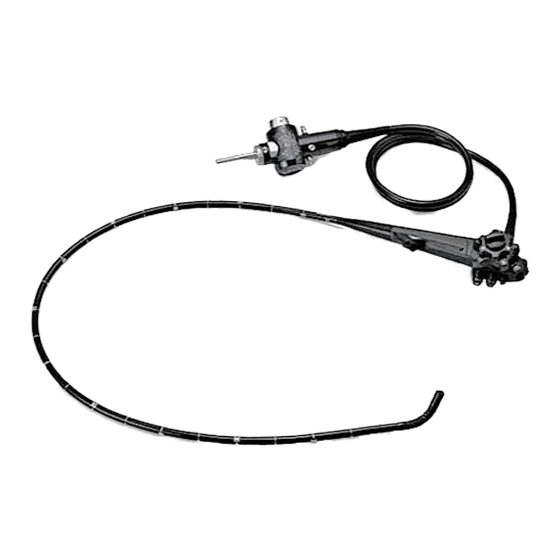
Olympus EVIS EXERA II Instructions Manual
Evis exera ii ultrasound gastrovideoscope
Hide thumbs
Also See for EVIS EXERA II:
- Instructions manual (118 pages) ,
- Operation manual (94 pages) ,
- Instructions manual (183 pages)














Need help?
Do you have a question about the EVIS EXERA II and is the answer not in the manual?
Questions and answers